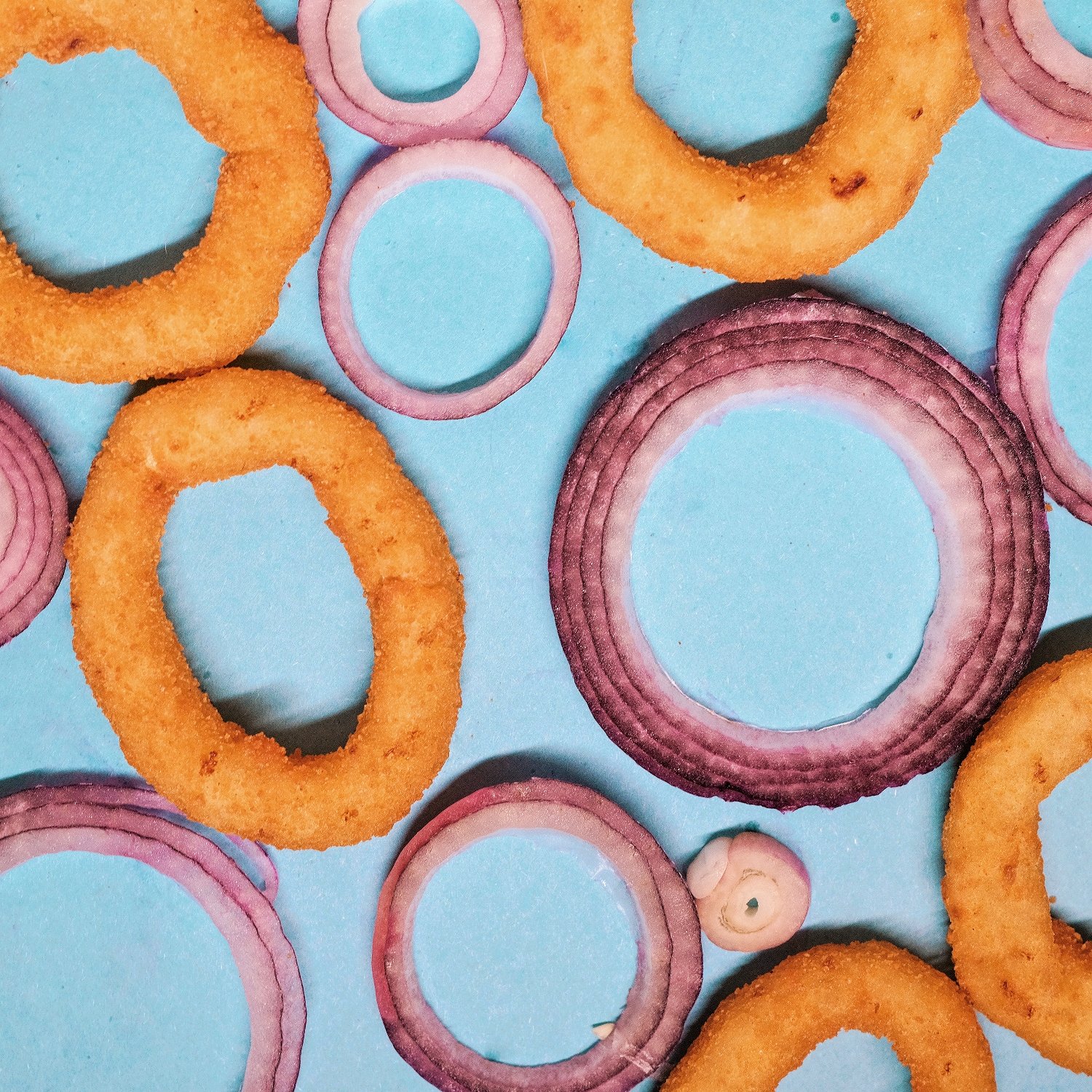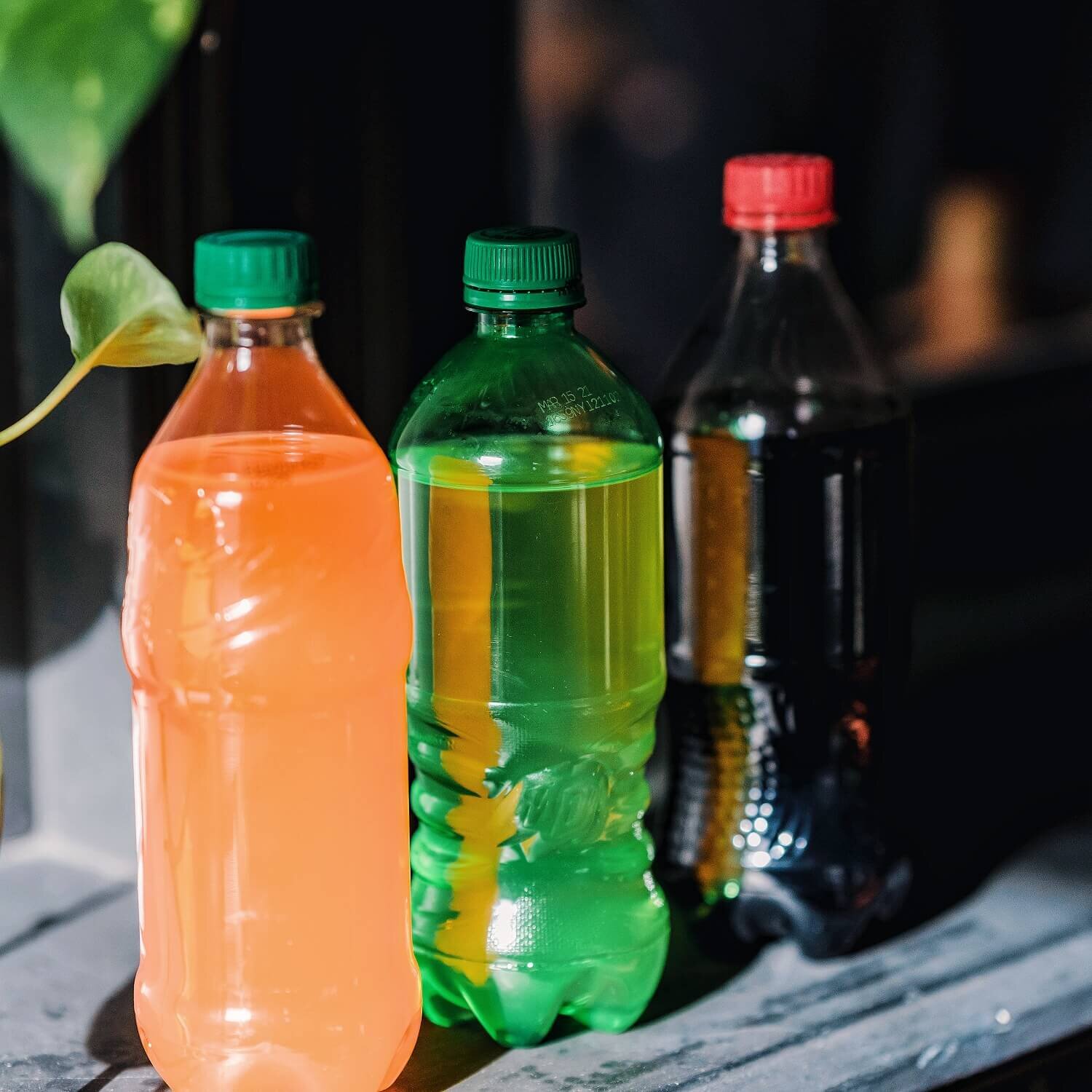How to Start Estimating Measurements
Build that estimation intuition!!
Who doesn’t wanna pour spices straight from the bottle into their hand, then over a big pot of deliciousness? You look super cool AND it adds flair and personality to your meals. It’s great! It also reduces dishes, baby, and we love to hear that in ADHD land.
You don’t even need to set aside special time to learn how to estimate measurements. Actually, you can just learn during your current cooking practice and go from there. The tips outlined below only take seconds to do, but make a world of difference over time. I think every home cook— especially beginners— can benefit from this skill.
If you’re not sure where to start, here are a few habits I use to hone my ~personal estimation intuition~. Use these tips to guide your beloved attention next time you cook, just don’t forget something in the oven, okay?
Can ya guess how much Dill this is? its a teaspoon
01. The little amounts
Okay, this is one of my favorite tips and you really gotta try it. Let’s say you need a teaspoon/tablespoon of Garlic Powder. Grab your measuring spoon, portion out that spice (herb?), then pour right into your hand. Give it a good gander and note what that amount looks/feels like in your hand. Heck, pour it back in and try to replicate, if you wanna. With a lil practice, you’ll begin ignoring your measuring spoons altogether. Yay! Fewer dishes.
half teaspoon Paprika
vs. one teaspoon Paprika
vs. one tablespoon Paprika
Measuring ingredients out into your own paws will really help develop this understanding. I have relatively small hands, so like, a teaspoon will look way different in my palm vs. someone with a few inches of height on me.
02. The handful
In the case of Leafy Greens, you can experiment with substituting “handfuls” for “cupfuls”, depending on your grasp and ambition. Generally, a recipe including Greens won’t be bothered much if you over-shoot or under-shoot the measurement.
03. The look-a-roo
Okay, you do need to use your working memory for this one, so keep that in mind. If you can estimate half cups, quarter cups, full cups, etc., use one tool to do the heavy lifting. Add all those ingredients to one container. Generally, keep liquids/flours/solids separate— I don’t always take my own advice on this one.
Mason jars (8, 16, and 32 oz) work great for these guesstimations. Also, this essentially gives you the benefits of a Pyrex measuring cup, without a Pyrex measuring cup. That is, if you’ve become a pretty decent estimator.
04. The Veggie debacle
So, all produce is different, right? And the yield will change with each Potato you grab. Though my recipes generally use whole produce numbers, other sites will ask for things like a cup of Celery. Similar to Leafy Greens, you don’t need a ton of precision here. Most recipes account for natural variation and personal Veggie preference.
If you do want to learn these estimates, check out the size of the produce you’ve got. Then, chop it up, measure it, and pour the prepped produce back on the cutting board. Take a look at how much of your cutting board is taken up. Ideally, this will become your new measurement marker. Also, look out for a future post where I talk about how much yield you can expect from common produce.
What if you mess up?
If estimating measurements really scares you, I offer this bit of reassurance. You’re probably more likely to screw up your meal by adding 1 tbsp Cayenne Pepper when it only calls for 1 tsp because you read the recipe too fast.
By learning to estimate, you’ll start to develop an eye for how much spice/liquid/flavor something needs, and be able to tell when a measurement is way off. But the best part? You’ll learn to adjust recipes to your personal taste, and that’s when the real creativity begins.
I know these tips may seem silly and obvious, even tedious at times. But I promise, the more you notice these things, the more easeful your overall cooking process will become. (And again, less dishes.) Why not give it a shot?
If you do wind up giving any of these tips a go, please let me know in the comment section!! I’d love, love, love to hear from yall.


















When the thought of cooking sounds absolutely soul-crushing, try some of these realistic ways to make it a lil bit easier.